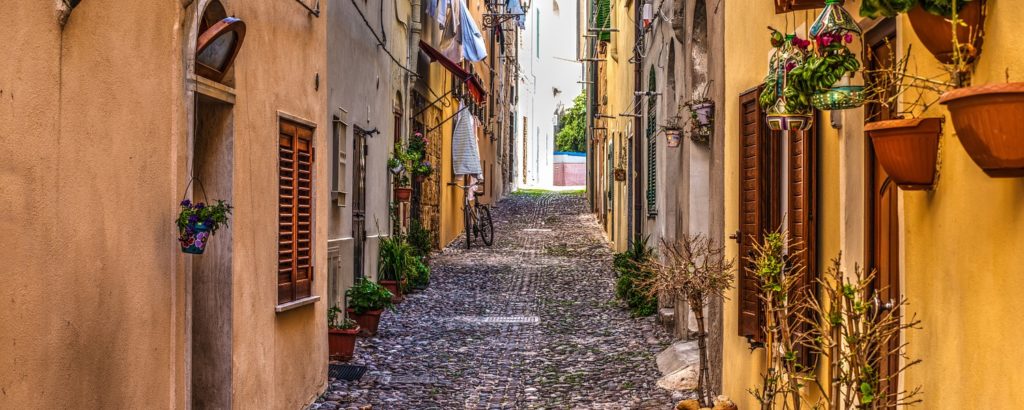
Italy
The majesty of modern Italy, successor to one of the mightiest empires ever known, is made immense by its exciting collection of outstanding works of art (some by Michelangelo and Botticelli), ancient ruins and historic spots (Italy contains more UNESCO World Heritage sites than any other country in the world), internationally revered cuisine, first-rate wines, the rolling hills of Tuscany, postcard-ready Amalfi Coast, and islands small and large, with buoyant Sicily and beach-enveloped Sardinia taking center stage.
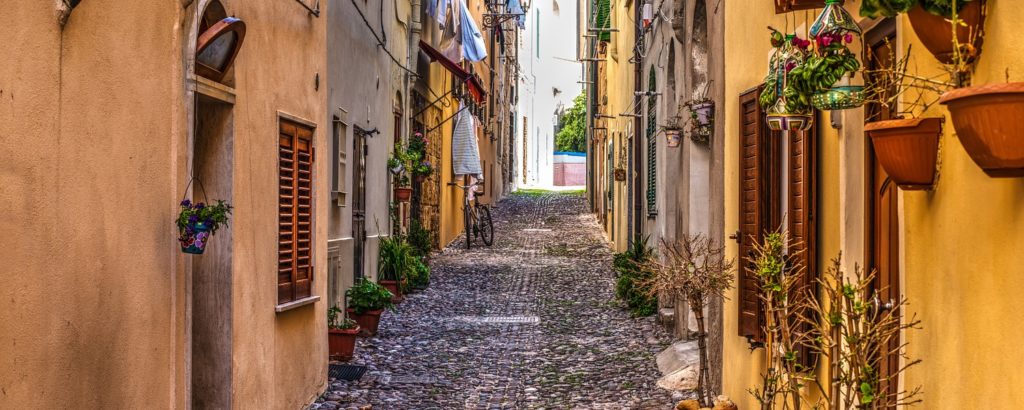
Alghero
The narrow, cobbled streets of Alghero’s medieval citadel, packed with boutiques, bars and restaurants, slope towards the harbour and sweeping bay. Built in a buttery sandstone that glows a soft apricot shade in the setting sun, it’s Sardinia’s most picturesque Old Town. Spanish-style palazzos and street signs in Italian and Catalan reflect its proud heritage: 300 years of Aragon rule. Fringed by pine forests, long sandy beaches, hotels and bars curve away towards green headlands. It’s an idyllic setting.
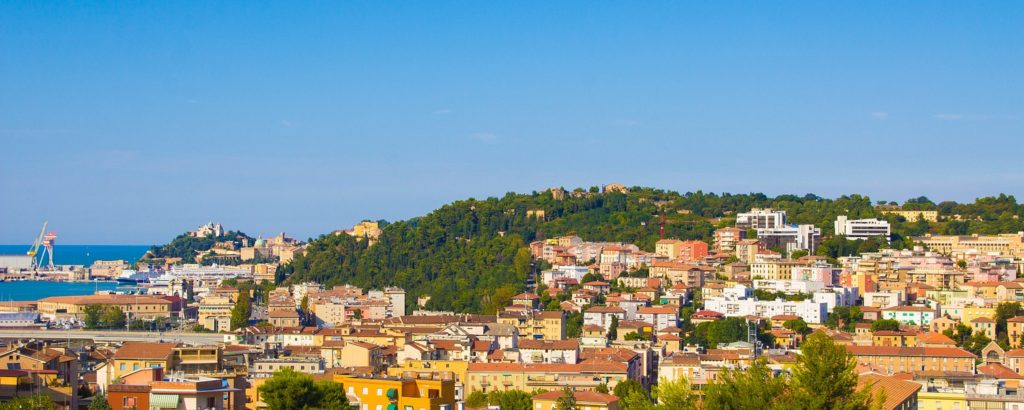
Ancona
As the capital of a rich and historic region, Ancona is, above all, a city of the sea. The city is blessed with a magnificent coastline to the south, with clean and accessible water and unspoilt white beaches. Close by are the beautiful towns of Loreto, Recanati, Jesi and Urbino as well as the rolling hills of the hinterland and the world-famous Grotte di Frasassi.
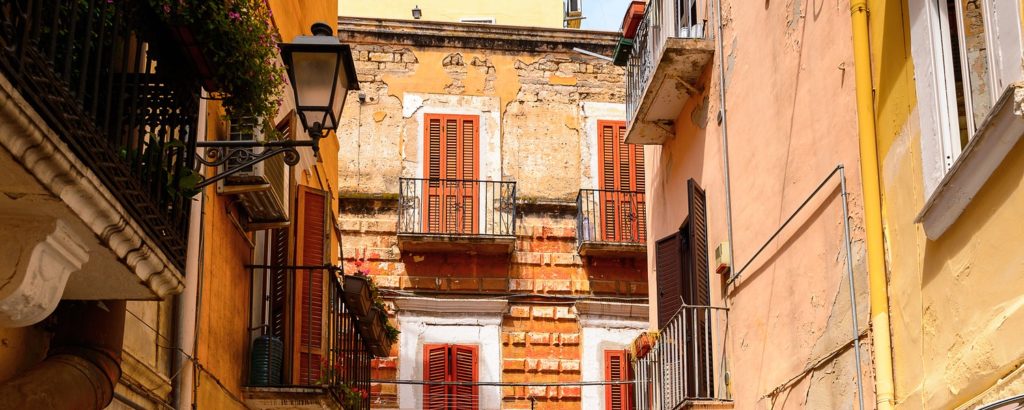
Bari
Bari, a typical maritime and market city, is the capital of the Apulia region and the second biggest city in the south of Italy. The city developed industrially in the second half of the twentieth century and now boasts an important trade fair, the largest in the south. Tourists visit Bari for its historic buildings, artwork and fascinating town centre, as well as for the beaches which surround the area.
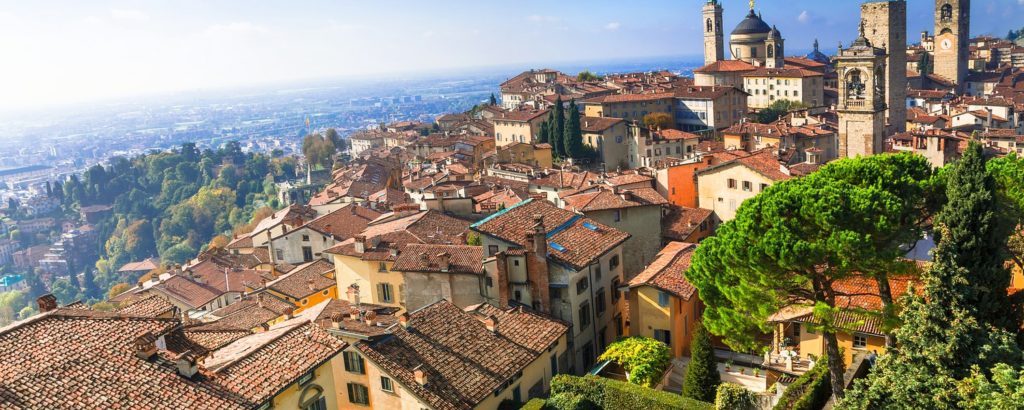
Bergamo
In the Alpine foothills, just 50 km from Milan, Bergamo is the most striking city in Lombardy. Structured in two levels, the lower city is more modern and dynamic, whilst the famous ‘upper city’ boasts a stunning historic centre full of monuments and works of art. In the area around the city the Iseo Lake is well worth a visit, as is the sanctuary at Caravaggio and Crespi d’Adda – the most important company town in Italy, listed as a world heritage site by UNESCO.
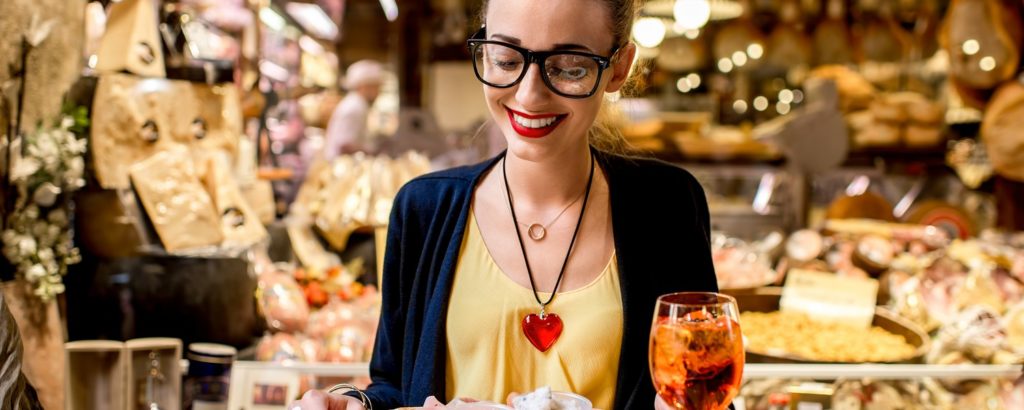
Bologna
As capital of the Emilia Romagna region, Bologna is an art city, a university centre and a place renowned for its excellent cuisine. It hosts important international trade fairs and is one of the world’s greatest motor cities. Ducati, Lamborghini and Maserati were all born in Bologna and Ferrari’s headquarters can be found in nearby Modena.
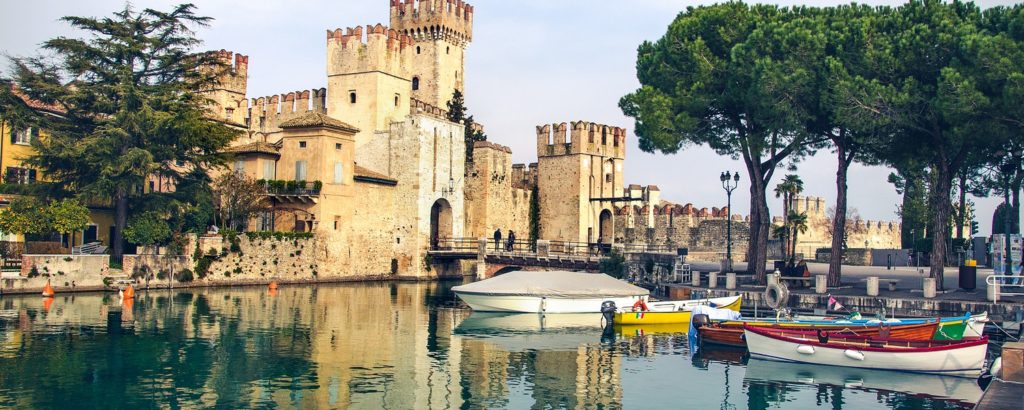
Brescia
Prosperous and lively, Brescia is Lombardy’s second biggest city, a university town with a modern business area (Brescia Due). Located between two of Italy’s most famous lakes, Lake Garda and Lake Iseo, Brescia is often overlooked by visitors who bypass the city itself and head straight to the undeniably beautiful lakes. A great pity, as Brescia boasts one of the most beautiful historic centres in the region, and some of the best Roman and Lombard remains in northern Italy.
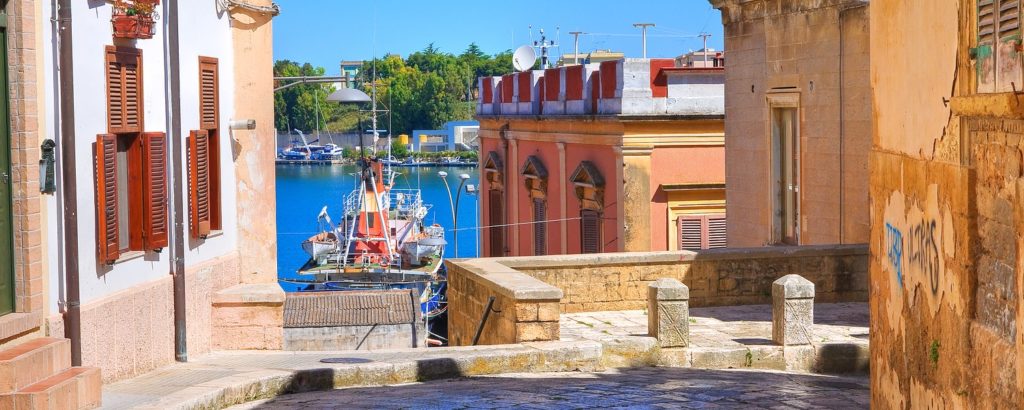
Brindisi
Brindisi is a city in the region of Apulia in southern Italy, located on the coast of the Adriatic Sea. It represents the gateway to its namesake Italian province packed with relics of vanished civilisations. Its cultural inheritance ranges from the remains of ancient Roman highways to Gothic and Baroque churches, cathedrals, frowning battlements of Swabian castles and fortresses dating back to the 13th-century Reign of the Holy Roman Emperor, Frederick II.
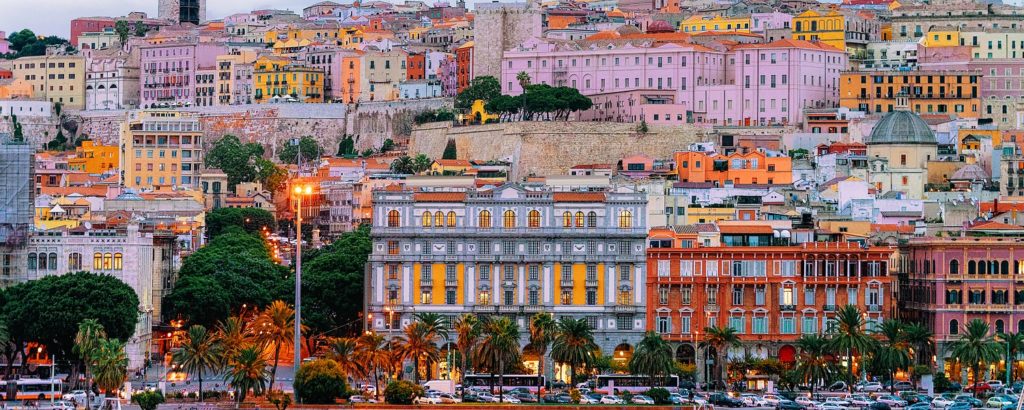
Cagliari
The narrow and often steep granite-paved streets of Cagliari’s Castello District remind of a bygone age, when the town was dominated at first by Pisans, and later by the Aragonese. Built from white limestone, the walls and towers of the old town shimmer in the sun and are a magnificent sight, especially if you are lucky and approach the city from the sea, like the English novelist, D.H. Lawrence, did in 1921, when he described the old town as looking like a “Jerusalem without trees.”
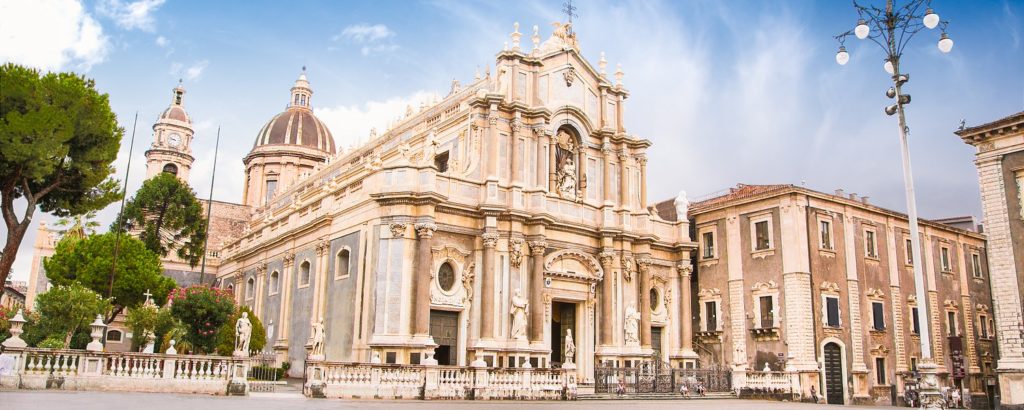
Catania
Charismatic seaside Catania is a young, dynamic soul, inhabiting a body of narrow alleys and ornate Baroque buildings mounted on top of well-preserved remains of ancient Greek and Roman settlements. Mount Etna defines the cityscape both in terms of the striking panorama and building material – Catania is even referred to as the “grey city” for the colour of lava rocks used to construct many of its buildings.
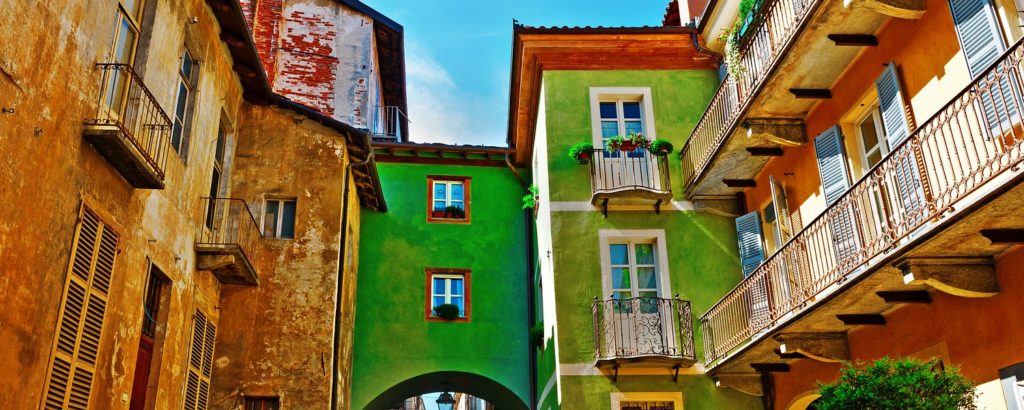
Cuneo
Beautiful historic towns dot the vast mountainous expanses of the Province of Cuneo. The landscape boasts a huge variety, from lush valleys, vineyards and natural reserves to rolling green hills and imposing snow-capped mountains, interrupted only by castles and quaint, tower-studded towns and villages, like the stunning Alba, Saluzzo and the regional capital of Cuneo. Locally produced cheeses, chocolates and especially wines are internationally renowned and sought-after, and the area also offers top-notch outdoor adventures.
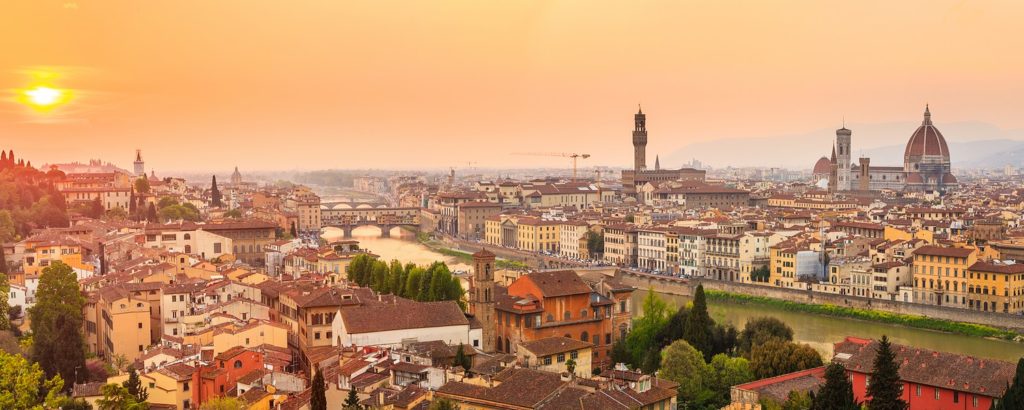
Florence
Florence, the regional capital of Tuscany, is one of the most popular tourist destinations in Italy. It is acknowledged by UNESCO as a World Heritage Site, and stepping onto its historic cobbles it is easy to see why. Cradled between the surrounding hills, the city hosts some of the most famous works of art on the planet and the whole of the city centre is packed with stunning palaces, churches and monuments. The surrounding countryside is well-known for its rolling hills and its wine, particularly the Chianti area between Siena and Florence.
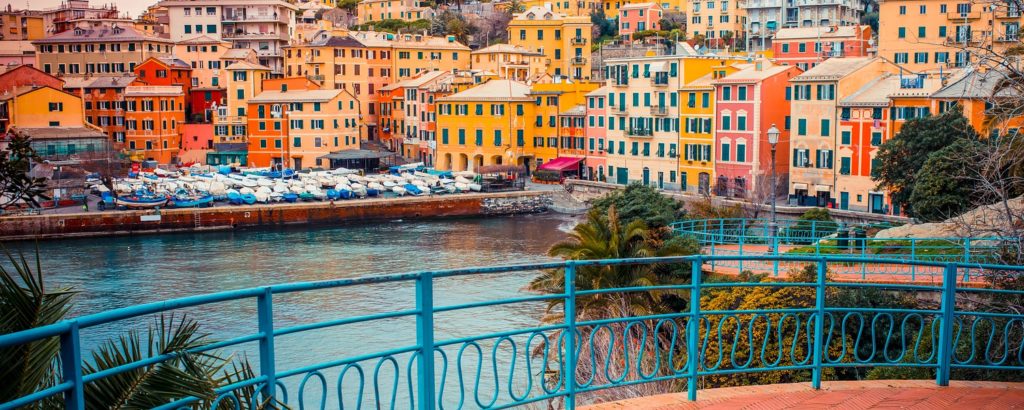
Genoa
Genoa, “La Superba”, is a city that makes a profound impression. Sandwiched between the sea and the Ligurian hills, Genoa spreads upwards from the port, a jumble of a city with a long and chequered history. This European Capital of Culture in 2004 has dozens of museums and galleries, a renowned theatre and the largest aquarium in Europe. The city has good shopping, the best nightlife in Liguria and excellent restaurants. Day excursions along the stunning Ligurian coast are highly recommended.
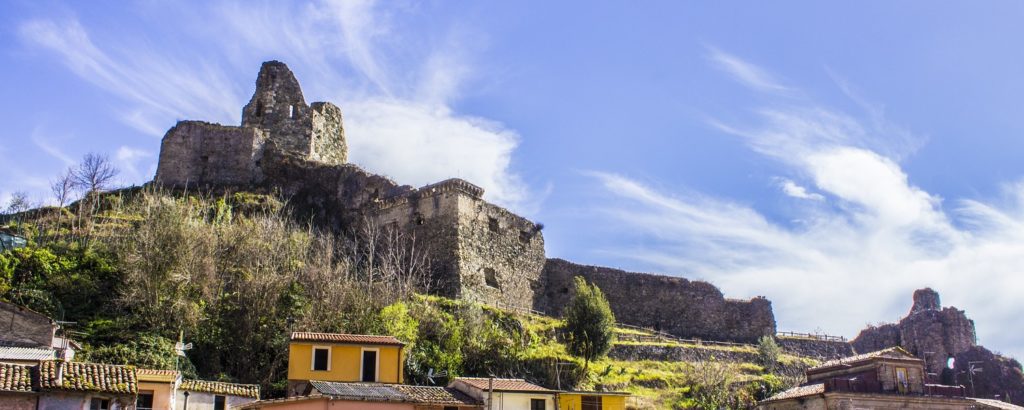
Lamezia Terme
Lamezia Terme was formed in 1968, thanks to the unification of three separate towns in the Province of Catanzaro. It is located in the central part of Calabria, an area celebrated for its beautiful landscapes. The city is found between the cliffs of the Tyrrenhian coast and the sand dunes of the Ionic coast – just to the south of the Sila, a plateau in the heart of the Mediterranean.
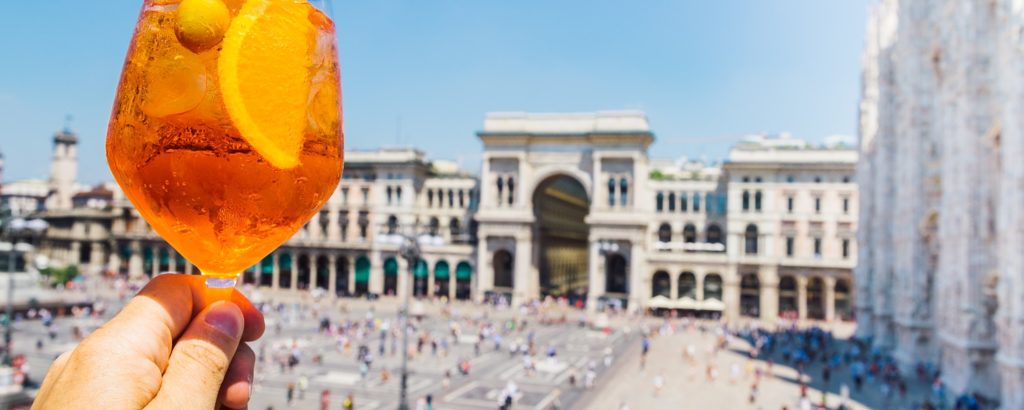
Milan
Milan is all about design and high fashion, so the range of shops and trendy bars can be almost overwhelming. But Milan also boasts the impressive Duomo cathedral, da Vinci’s “Last Supper” and the simple neighbourhood restaurants where no long lunch is complete without ossobuco and risotto alla Milanese. Take a lesson in elegance from the city’s fashion-conscious citizens, and let the glitz and glamour of Milan overwhelm your senses.
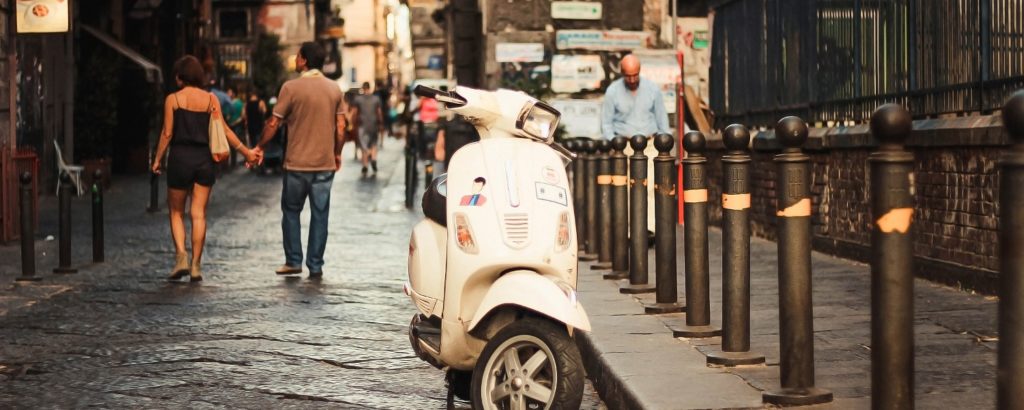
Naples
Meet Naples, the city where history and culture are intertwined with flavours and exciting activities. Explore the cemetery of skulls within the Fontanelle cemetery and the lost city of Pompeii, or visit the famous Vesuvius volcano and the island of Capri. Discover the lost tunnels of Naples and discover the other side of Naples, then end the
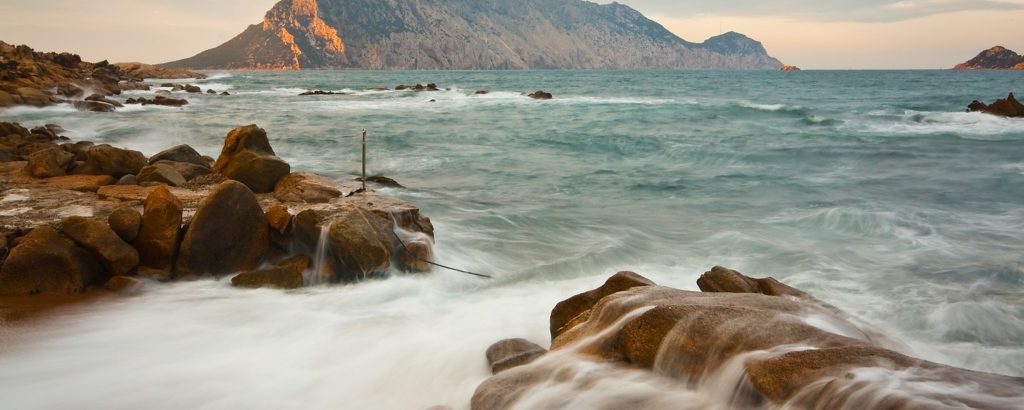
Olbia
Olbia is the gateway to the pearly white beaches of Sardinia’s northeast coast and the sparkling Costa Smeralda. This is where jet-setters, film stars and the ‘glitterati’ arrive to indulge in ‘la dolce vita’ Sardinian-style. With a Greek name meaning ‘happy’, Olbia used to be a little fishing village but has now grown to become Sardinia’s busiest ferry port, complete with an international airport and tons of tourist amenities. The countryside is cloaked in aromatic wild herbs, the macchia, and the surrounding sea glows in every hue of electric blue, in a little known and exclusive place waiting to be discovered.
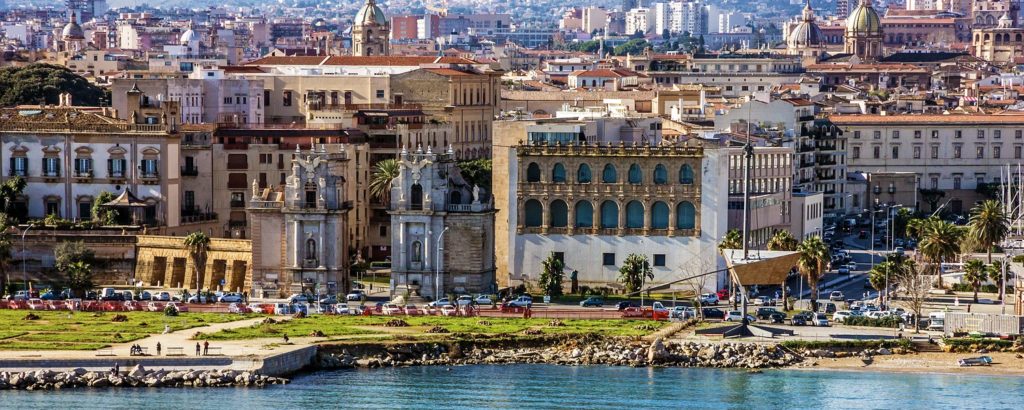
Palermo
Capital of the beautiful region of Sicily, Palermo is a fascinating hidden gem and a busy port city that brims with energy. Continuously changing, this city has reclaimed its place among Europe’s cultural cities. Palermo is full of sights and treasures, from Baroque churches and glorious Norman-Gothic architecture to Art Nouveau villas
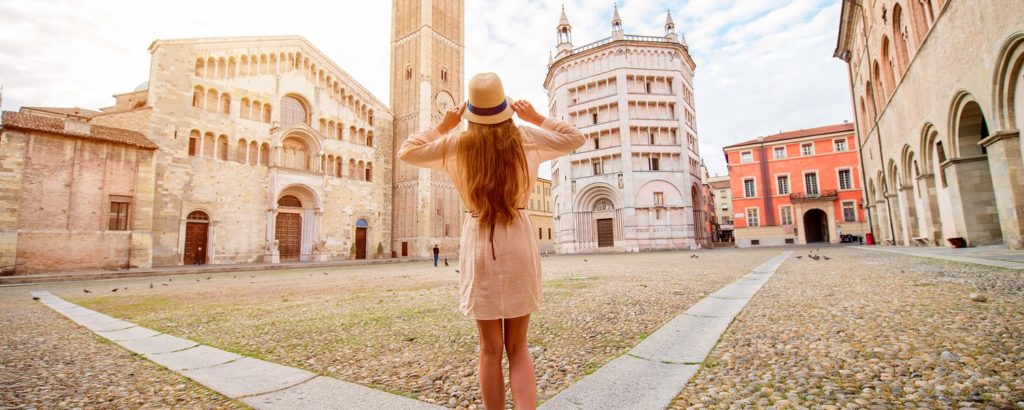
Parma
Speaking of Parma, the first things that come to mind are probably ham and Parmesan cheese. Indeed, Parma is one of the most important culinary centres of Italy, but this city is so much more than that. Parma was the capital of a very powerful duchy, which left a legacy of stunning monuments and palaces. In addition, the splendour of that period created fertile grounds for the flourishing of art. In fact, Parma became one of the main centres for opera, thanks to its amazing theatres and its fine citizen Giuseppe Verdi.
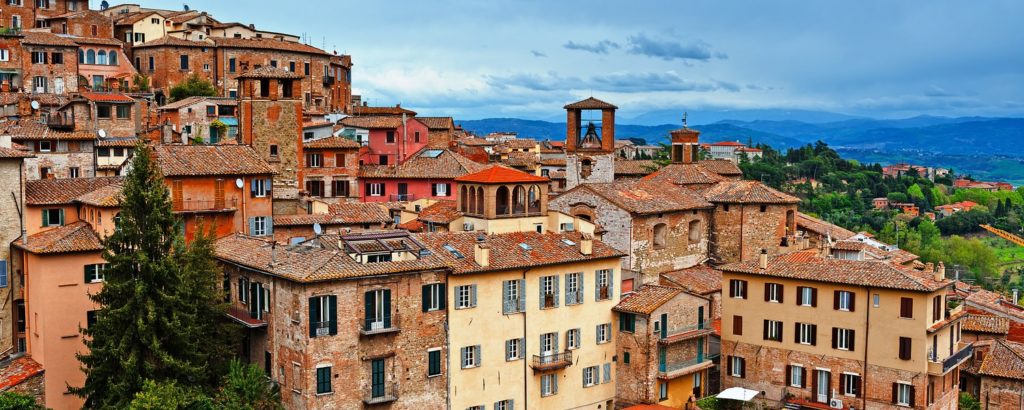
Perugia
Perugia is the provincial capital of Umbria, one of Italy’s most beautiful regions. The ancient heart of the city, packed full of Etruscan and Roman monuments, perches on a hilltop with the modern city spread below. With a prestigious university, the city has a lively student population, good shopping, fun bars and great restaurants. If that weren’t enough, Perugia is the setting for one of Europe’s best jazz festivals: Umbria Jazz.
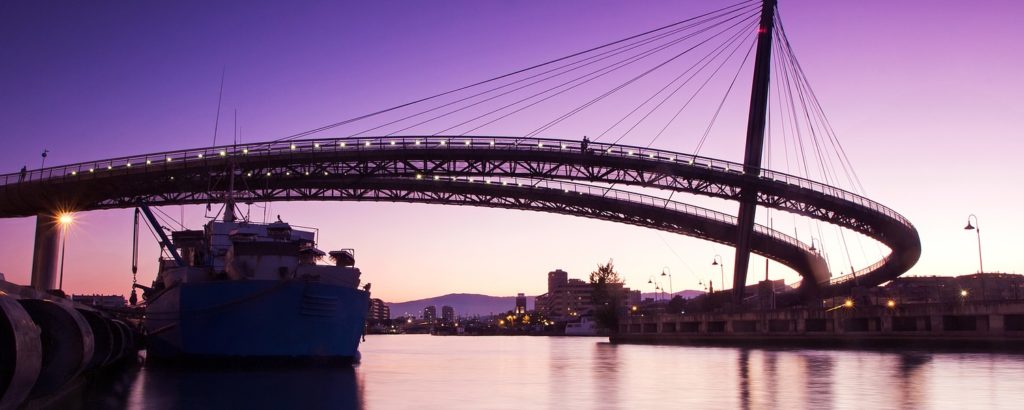
Pescara
Pescara, the gateway to the rugged mountainous area of the Abruzzo region, is framed by the stunning snowy peaks of the Apennine Mountains. The land tumbles through the hilltop villages and down to the blue waters of the Adriatic Ocean. In the town of Pescara itself, the long ten-mile stretches of wide, clean and sandy beaches and superb food and wine explain why it is a favourite vacation getaway among Italian travellers seeking to enjoy both beach-side relaxation and mountain adventures.
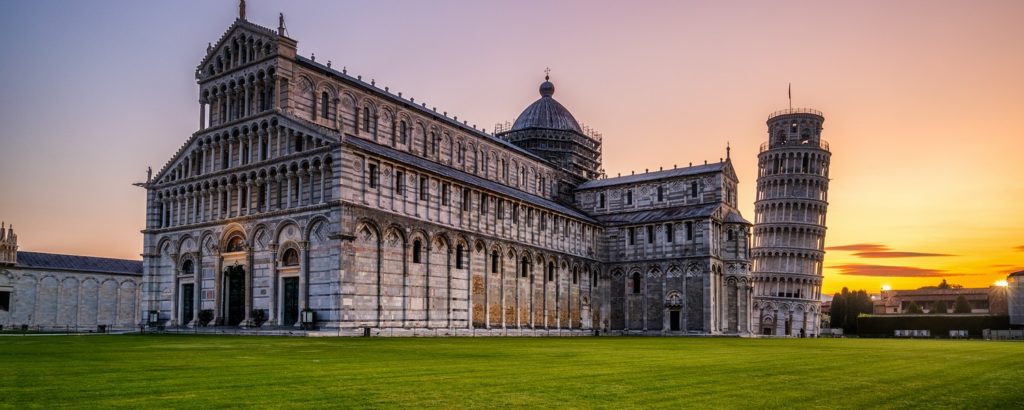
Pisa
Pisa is strategically located in the central part of Italy, at only 12 km from the Ligurian Sea, 20 km from the harbour of Livorno and the ferries heading to the Elba Island, Sardinia and Corsica, and 80 km from Florence. This city is closely associated with the Leaning Tower, but it also preserves, along with the whole complex of Piazza dei Miracoli – UNESCO World Heritage Site – and its medieval centre, numerous masterpieces of architecture and medieval history. The area around Pisa is also excellent for farm holidays, trekking, beaches and water sports on the Versilian coast.
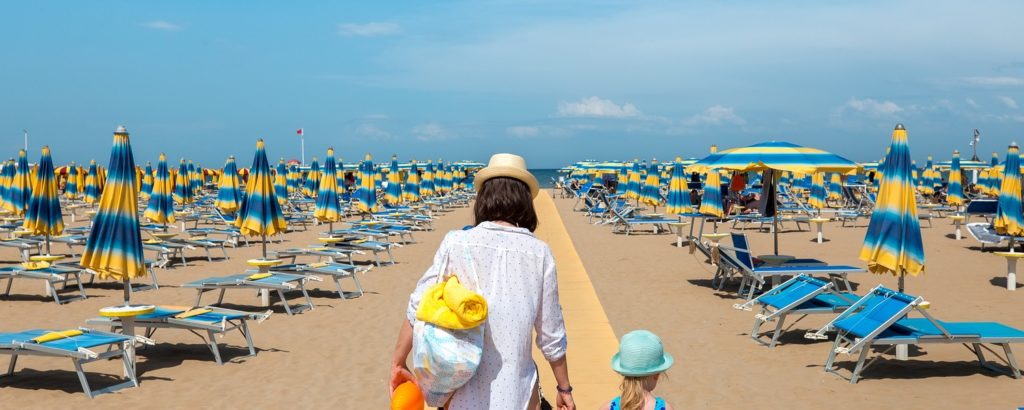
Rimini
Italians themselves head for Rimini for their holidays, which must be the best recommendation there is. Located by the Adriatic Sea, it is a sophisticated and stylish city known for its lively take on life. Fabulous restaurants and trendy bars serve good food and wine, while kilometres of beaches attract families from around the country. Rimini truly is a city for everyone.
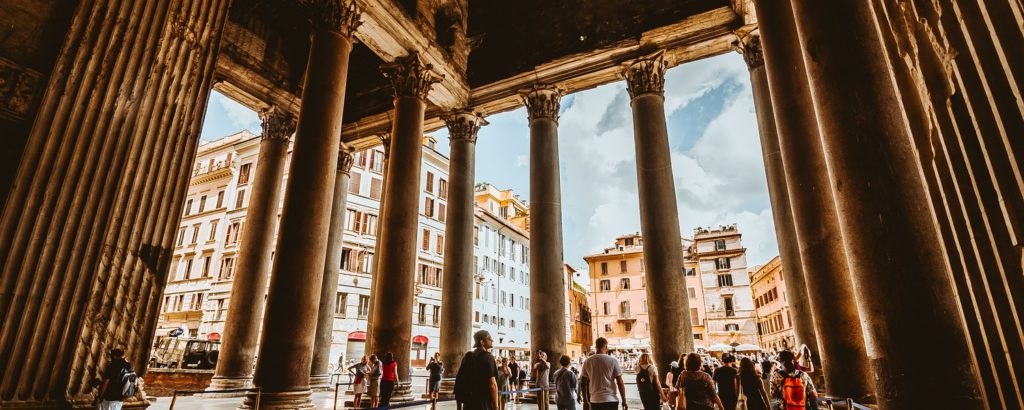
Rome
Rome, known as the Eternal City, has attracted visitors for over 2,000 years. It is one of the most magnificent and romantic cities in the world, boasting an attractive mix of grandiose sights — the likes of the Colosseum, Roman Pantheon and Forum — and bustling city life. Life is sweet: the cake is there for eating. Italian designer shopping, smooth ice cream, frothy cappuccino and exquisite wines to name but a few things that draw in over 4.2 million tourists in search of a taste of Italian ‘dolce vita’ every year.
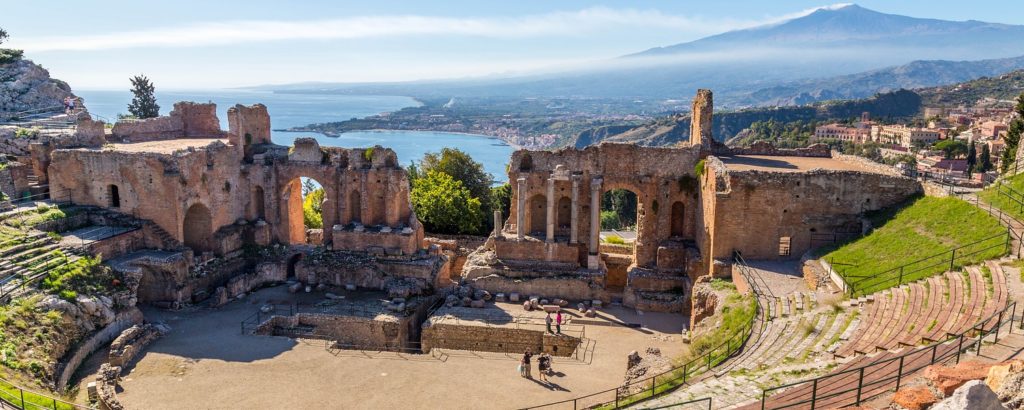
Taormina
Over the years, Taormina has been a source of inspiration for artists from all over the world. Celebrated as the idyllic destination par excellence, it represents the ideal place to escape from the chaos of city life. Located 200 metres above sea level, it is settled on a coastal terrace, overlooking the vastness of the Ionian Sea. The natural beauty of the hill from which the city rises is completed by the view of the imposing Etna volcano.
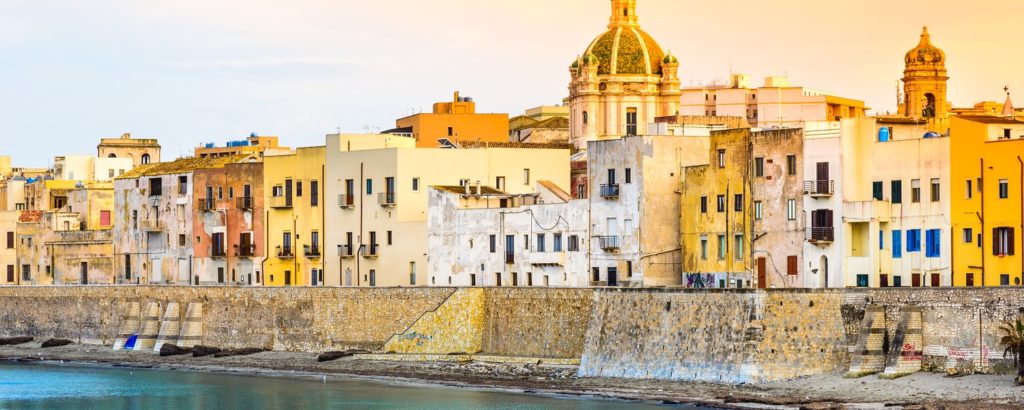
Trapani
Trapani is one of the most romantic places in Sicily, and arguably all of the Mediterranean littoral. Characterised by long stretches of coast and coastal plains, this city is littered with lavish monuments and palaces, historical sites, windmills, near islands and a countryside that begs to be explored. By night, the region should be enjoyed over a glass of Marsala wine and fine food at a beachside restaurant, ideally facing west so one can enjoy some of the most spectacular sunsets in Europe.
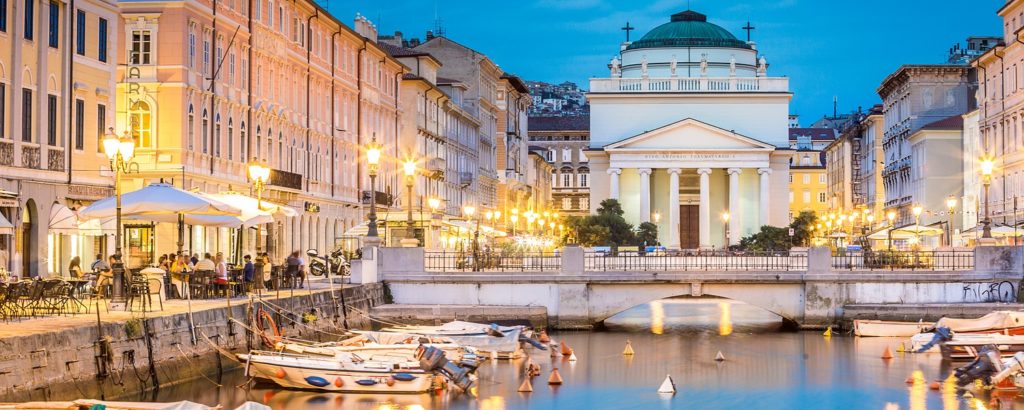
Trieste
As the poet Umberto Saba wrote: “Trieste has an unsociable grace. Located between the sea and the mountains of Carso, beautiful and fascinating, she does not like to show off, although she conquers her visitor at first sight.” Tergeste, as Trieste was named during the Roman era, is to be discovered on foot, to fully taste her richness and to breathe, through her streets, buildings and monuments, her 2000-year-old history.
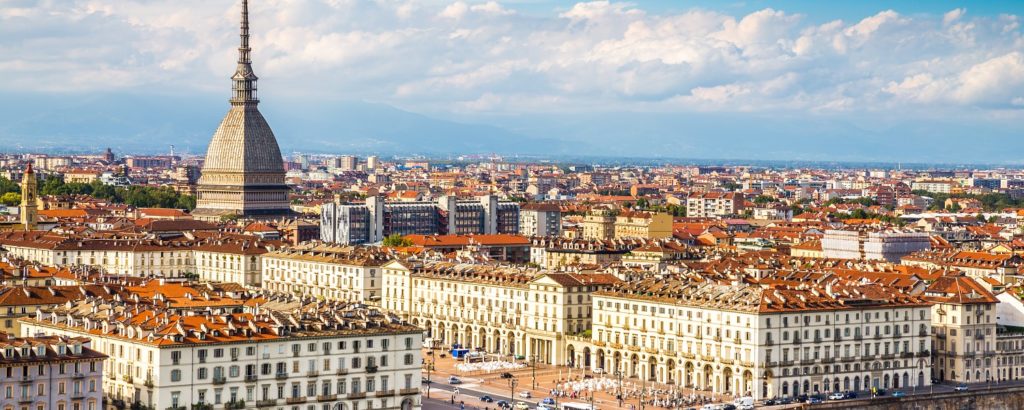
Turin
Turin, Italy’s first capital, is a city awash with history, green parks and art, not to mention that it is a town with renowned food and even better drinks. Under the arcades of the city centre there are countless wine bars, grandiose continental cafés and lively bars and restaurants, all just steps away from luxury shopping streets. Even if it is mostly known abroad for Fiat and Juventus, Turin is a fascinating metropolis with its eyes set firmly on the future thanks to its young population and great universities.
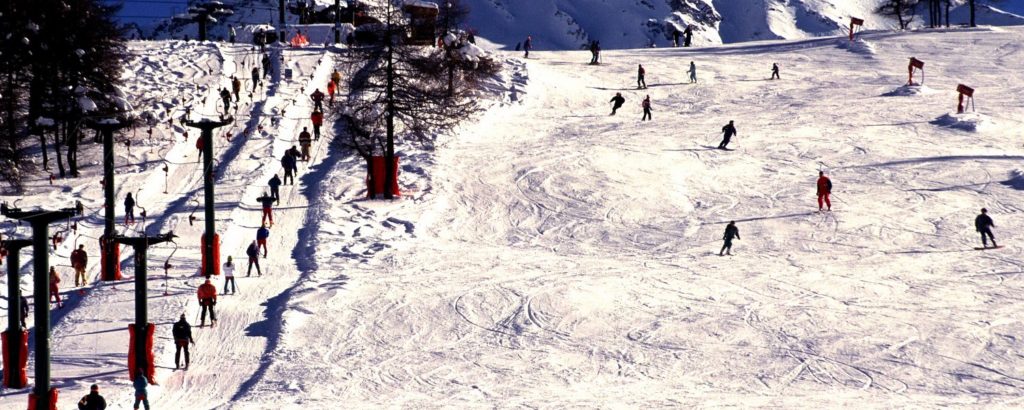
Turin Ski Region
“El diau, el diau!” “The devil! The devil!” It was in 1897 when mountain people from Sauze d’Oulx witnessed a red-faced man with a long white beard descending from the slopes, with long wooden skis attached to his feet. He was a Swiss engineer, Adolf Kind, and wooden skis were then first seen in Italy. Today there are more than a hundred ski-lifts and 1,500 km of slopes for all levels – as well as alpine skiing, sledges and huskies, telemark skiing and snowboarding.
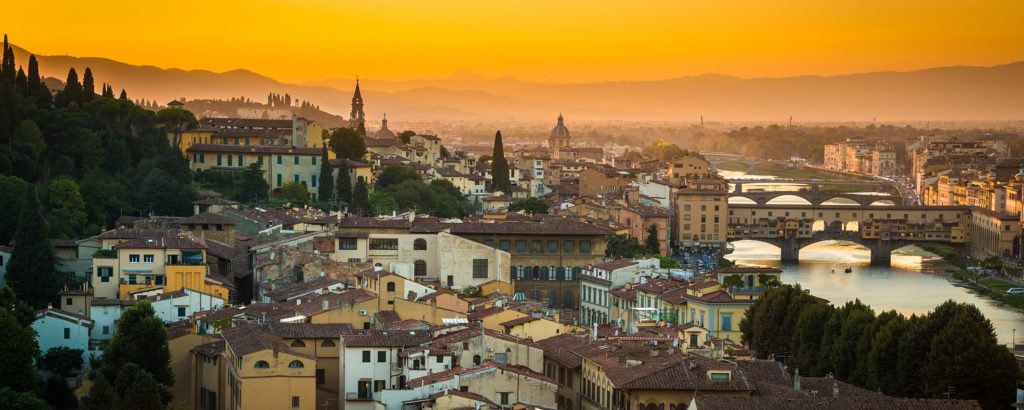
Tuscany
Home to Chianti wine, the Medicis and the Strozzis, Michael Angelo’s David, Elba Island where Napoleon was exiled, and the legendary cities of Florence and Pisa, Tuscany is the fertile crescent of Italy where art, history and the pleasures of life shine on. Evergreen landscapes and breathtaking sights serves as cradle to the Italian culture and civilisation to thrive, and it remains today as one of the most appreciated Italian regions – one where the visitor might need to pinch on their arm to know they are not dreaming.
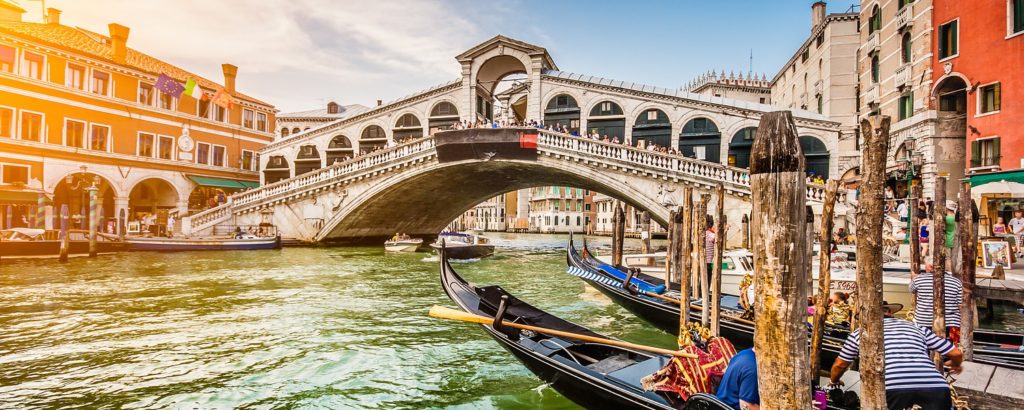
Venice
There is no other city like Venice. It has 180 canals and 450 bridges connecting 118 small islands and magnificent buildings. It is a city rich with museums and historical landmarks of great artistic and cultural importance. The transient feeling and the quiet everyday life bring the whole together. The beauty of it all is truly apparent.
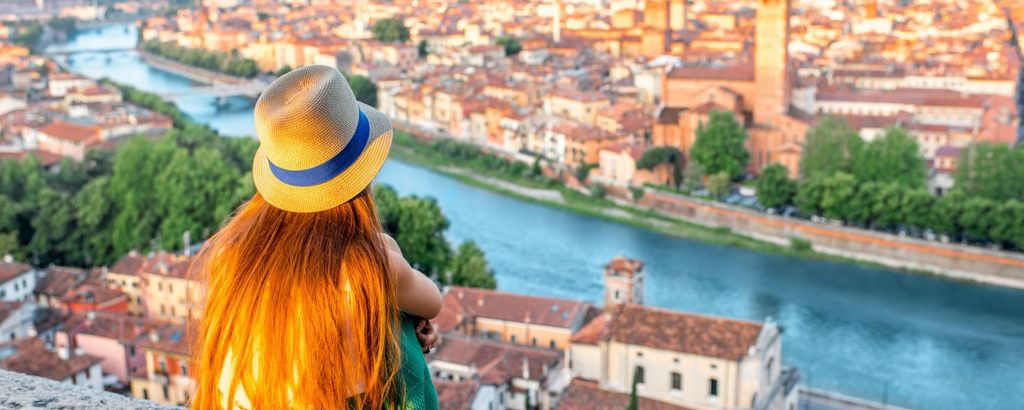
Verona
Verona, “the city of love,” is world famous for its magnificent Arena and its association with Shakespeare’s love story, “Romeo and Juliet.” It is Italy’s fourth-most-visited city making it one of the most important tourist destinations in Italy, and a UNESCO World Heritage Site. A city that will charm you with its elegance, warmth and easy-going atmosphere.




